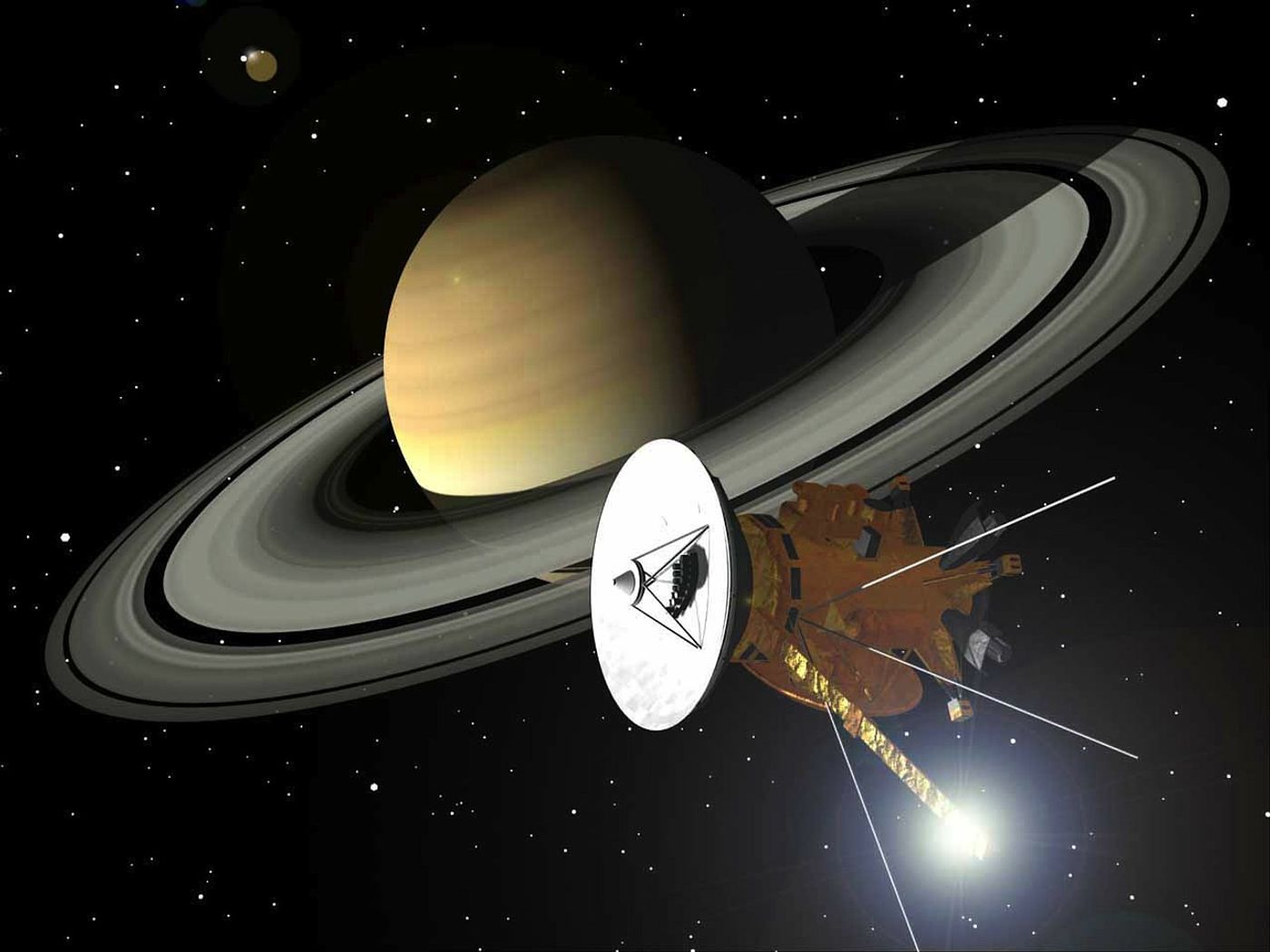Cassini Makes its Death Plunge Into Saturn
NASA’s Earl Maize officially called the end of the Cassini mission on Friday as the agency ordered the probe into Saturn’s atmosphere. Members of the space agency sat back and listened to the last dying signals sent by Cassini as the intense friction from Saturn’s thick atmosphere vaporized the spacecraft.
Image Credit: NASA
Throughout the maneuver, Cassini’s thrusters burned the remainder of their fuel to keep the probe steady during atmospheric entry. In doing so, sensors collected useful information more efficiently, and the communication antenna stayed pointed in Earth’s direction for science's sake.
It was an emotional moment for NASA, especially for those that remained a part of the mission for two decades, but the sudden silence was all the confirmation the team needed that their mission was complete.
"The signal from the spacecraft has gone, and within 45 seconds so will the spacecraft," Maize said to his team. "I hope you're all as deeply proud of this amazing accomplishment. Congratulations to you all. This has been an incredible mission, an incredible spacecraft, and you've all been an incredible team."
Related: Everything you need to know about Cassini's Grand Finale
Cassini died at least an hour before we received the final signals on Earth, and that's because it takes a while for those signals to travel the vast distance between our planet and Saturn.
The Grand Finale leading up to the suicide dive Friday morning was nothing less than impressive. For several weeks, Cassini dipped deep beneath the planet’s rings, snagging spectacular final shots of the Saturnine system and grabbing last-minute readings of Saturn’s atmosphere.
The endgame of the Cassini mission ensures that the probe won’t accidentally collide with any of Saturn’s natural satellites, which is important considering that both Enceladus and Titan have unique conditions that may be suitable for life.
Related: One of Saturn's moons is causing a 'ripple' effect in the planetary rings
Since NASA intends to visit these moons at some point in the future to investigate their habitability, leaving their surfaces unscathed helps eliminate cross-contamination from NASA’s spacecraft.
With every final signal from Cassini heard loud and clear, the team will spend time analyzing the newfangled data to learn as much about the Saturnine system as possible. After all, it will be a while before we get to go back and continue exploring where Cassini left off.
Source: NASA via Independent









